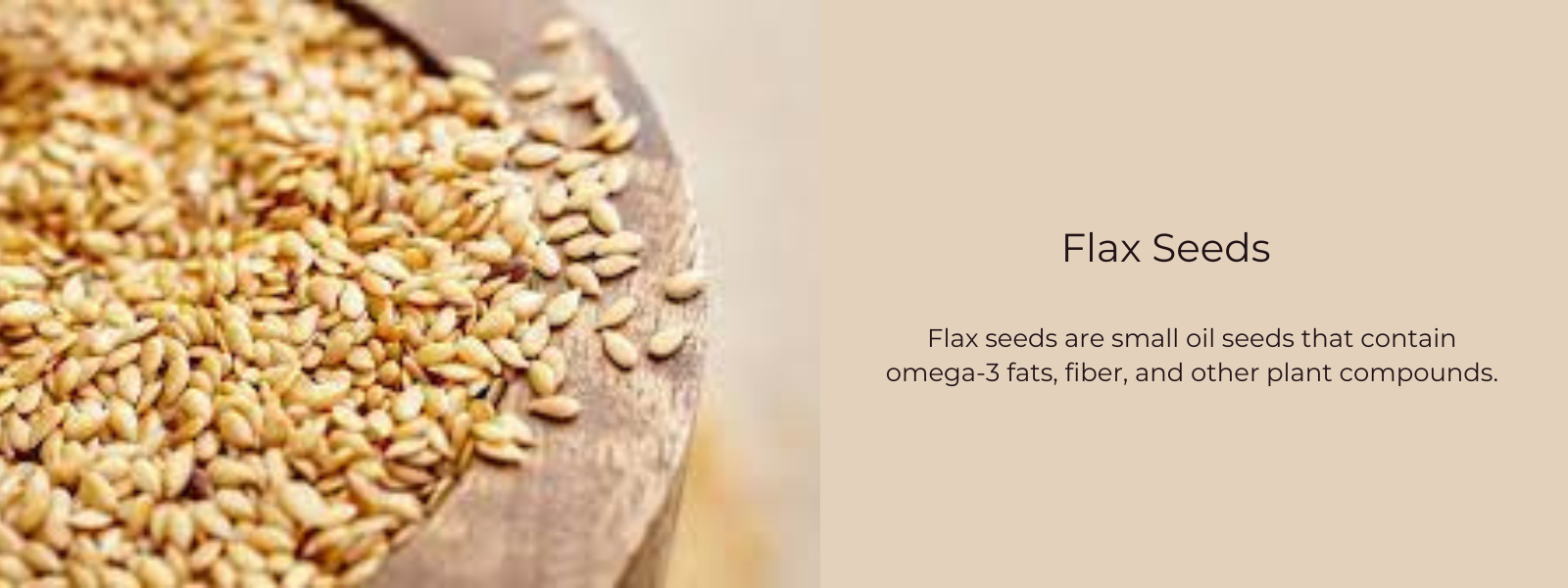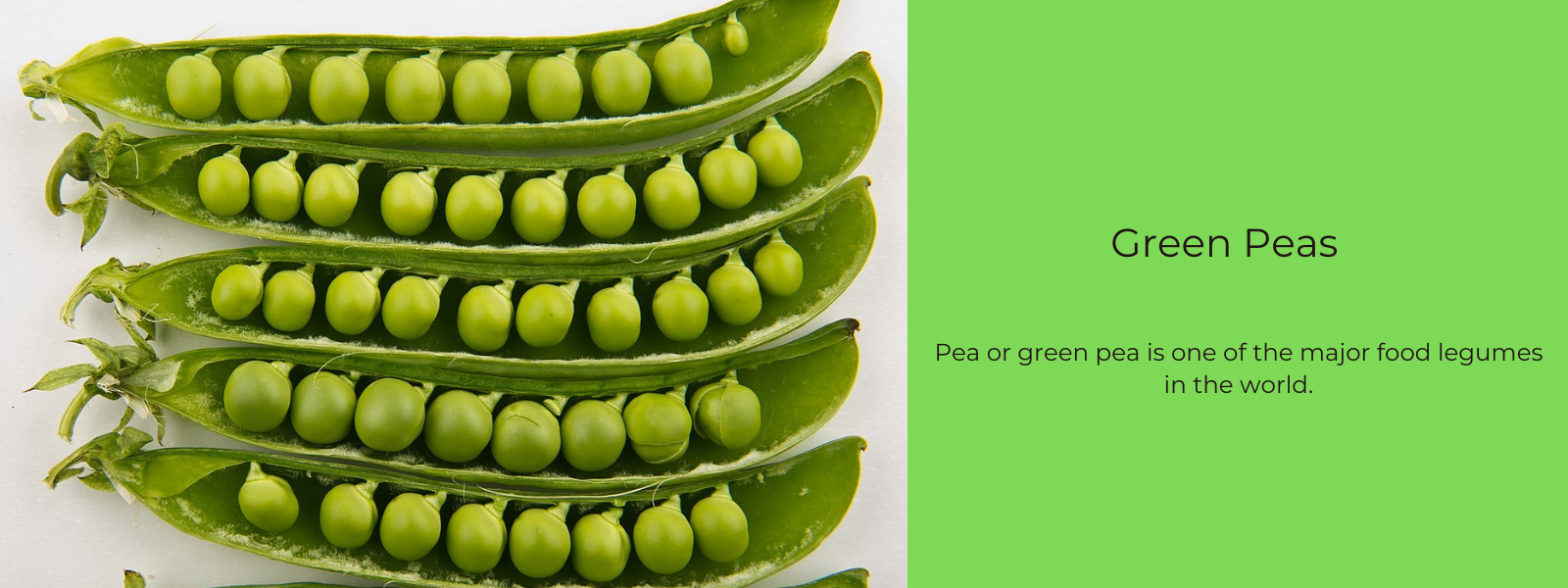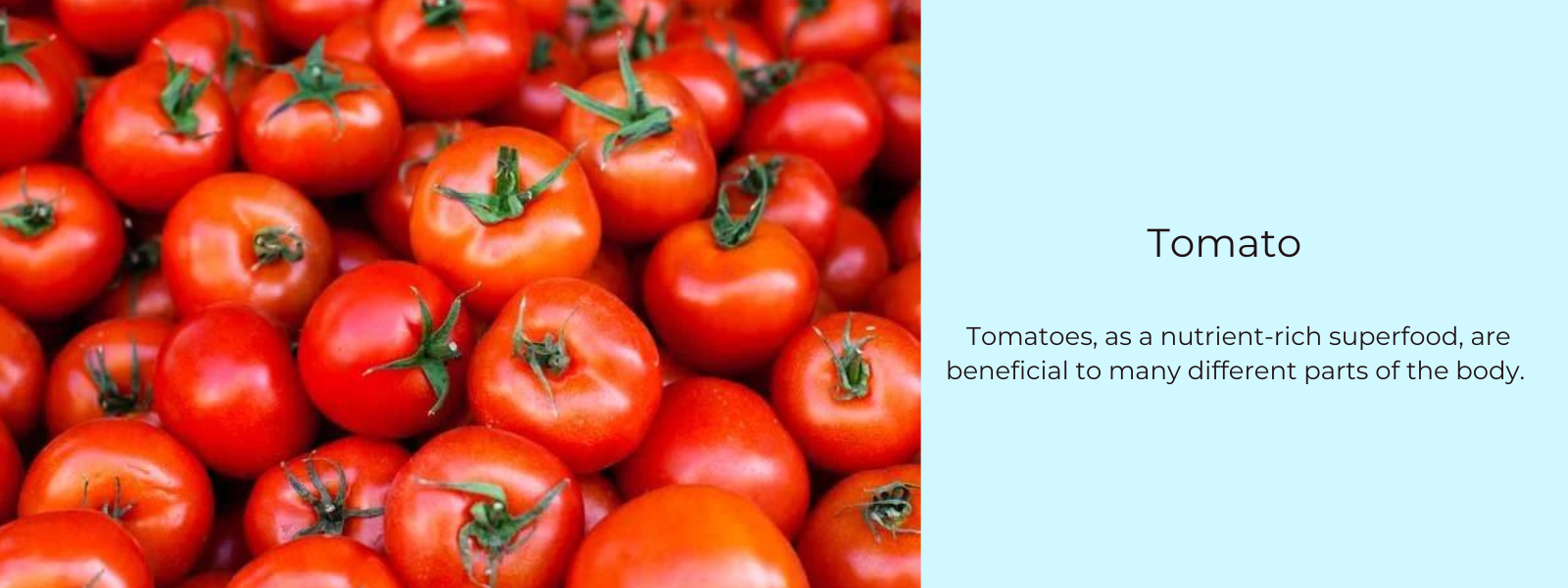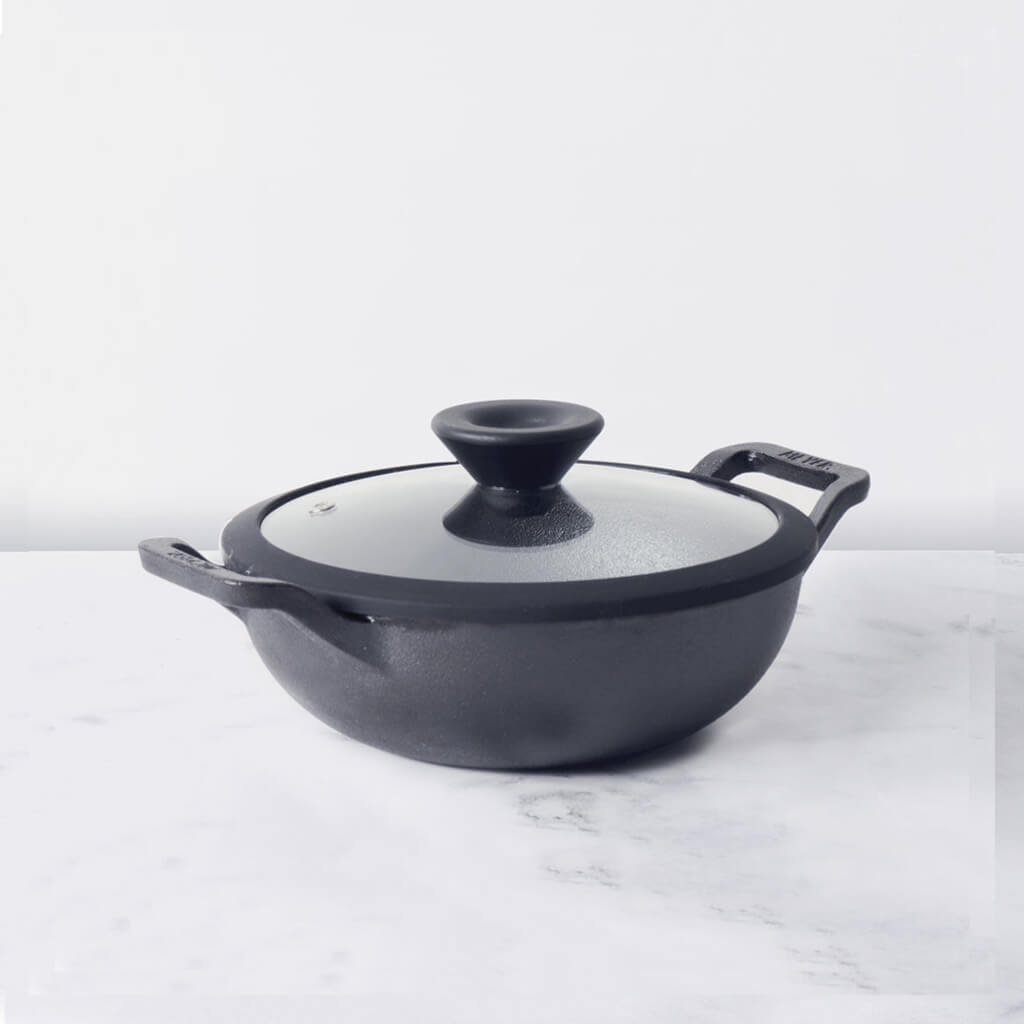Red Lentils or Masoor Dal are a nutrient-dense, and filling bean. Lentils are a versatile ingredient that may be used in many dishes due to its wide range of textures, flavours, and appearances.
Red lentils, in particular, offer a certain sweetness that sets them apart from other varieties. The reddish-orange lentil is the most convenient variety to cook, resulting in a puree-like texture that works well in curries, thick soups, and classic Indian stews called dhal.
Red lentils are an excellent thickener for soups and stews, and they also provide a wealth of nutrients that your body will appreciate.
Table of Contents
- What are red lentils (Masoor Dal)?
- Red lentil cultivation
- Red lentils have high nutritional value
- Red lentils are excellent fibre source
- Red lentils have high protein content
- Red lentils have abundant B-vitamins
- Red lentils are iron-rich
- Uses of red lentils:
- Health benefits of red lentils:
- Side effects of Red Lentils:
What are red lentils (Masoor Dal)?
In India, red lentils are a popular food staple. They are a basic food that go by the name masoor dal as well. Masoor Dal has a wealth of essential elements, making them an excellent food choice. Ayurvedic medicine also makes use of red lentils for their health benefits.
Red lentil cultivation
The red lentil is native to India and is widely distributed throughout South Asia. It's often referred to as Masoor dal. It's used to make staples like dals and curries, so it's a big deal in Indian cooking. It's also used to make bread in certain areas of the country. It stands out from the crowd and can't be missed on store shelves. You can find this variety of lentil just about anywhere.
Red lentils have high nutritional value
The great nutritional value and ease with which red lentils can be incorporated into any diet makes them a popular choice among both vegetarians and meat eaters. It's a healthy alternative to beef that won't slow you down on your weight loss journey.
Red lentil, sometimes called a "superfood," contains incredibly high concentrations of numerous nutrients that your body can't do without. Red lentils are an excellent food choice because of their high protein and fibre content, which contribute to improved health.
Red lentils are excellent fibre source
Red lentils include about 40 grams of carbs and 15 grams of fibre per cup once cooked. And considering that there are only 3.6 grams of sugar in a cup of cooked red lentils, it won't do much to raise your blood sugar.
Red lentils have high protein content
Red lentils provide 32% of men's and 38% of women's daily protein needs in just one cup's worth. If you combine red lentils with other plant-based protein sources like whole grains and black beans, you can receive all the amino acids you need in a day.
Red lentils have abundant B-vitamins
When it comes to giving B vitamins, red lentils really shine. They're a great source of B vitamins, including B6 and thiamine. And vitamin B9 (folate) content in cooked red lentils is 358 micrograms. One cup of cooked red lentils provides 90% of the daily folate requirement for adults, which is 400 micrograms. To aid in the metabolism of energy, folate is required for the production of both red blood cells and DNA.
Red lentils are iron-rich
One cup of red lentils, after cooked, contains 6.6 milligrammes of iron.
One cup of red lentils contains 8.2 milligrammes of this mineral, which is 82% of a man's daily requirement. Nonetheless, one cup of cooked red lentils delivers 37% of a woman's daily required consumption of iron, which is 18 milligrammes.
Uses of red lentils:
In India, red lentils have numerous culinary applications. Dals, soups, curries, stews, and sides can all be prepared with it. Acne, tanning, dark spots, and other skin issues can be treated with DIY face packs made from red lentils. Due to its wide range of beneficial effects, it finds widespread application in Ayurveda medicine. A high fibre content is another benefit of red lentils.
Health benefits of red lentils:
Beneficial for skin
The benefits of red lentils for your skin are numerous. To begin with, it slows down the ageing process. This is because red lentils are loaded with antioxidants, which slow down the ageing process by preventing and repairing damage to cells and tissues. You may swiftly and safely brighten your skin with a DIY pack made from red lentils, turmeric, and lime.
After returning from the beach, try using a paste made from masoor dal and tomato to get rid of the tan. Moreover, dry areas can be removed and your skin nourished thoroughly from the inside out by applying a paste consisting of red lentils soaked in milk to your skin everyday. It also aids in regaining a healthy, radiant sheen.
Facilitates weight loss
Reducing weight is a difficult process that requires dedication, time, and discipline. But, eating more red lentils will help you lose weight more quickly and healthily than ever before.
The high fibre content of red lentils aids in rapid waste removal, making them a useful food for dieters. Because of its minimal fat content, eating it will not lead to weight gain.
Beneficial for diabetics
You can benefit tremendously from eating red lentils if you have diabetes. It's perfectly safe to eat because it has a very low glycemic index.
As a high-fibre food, red lentils also aid digestion. Because of this, you can keep your diabetes under control by avoiding dangerous swings in your blood sugar levels.
Lower cancer risk
Red lentils have been shown to lower the risk of developing cancer, a potentially fatal disease. This is because the high fibre and folate content of red lentils makes them a cancer-fighting food.
Many forms of cancer, including lung cancer, colon cancer, breast cancer, and bowel cancer, can be avoided with a diet that includes red lentils on a regular basis. The fact that it aids digestion and lessens the use of digestive biles is another way in which it lowers the risk of colon cancer.
Protein and mineral dense
Proteins serve as the body's structural components. They are one of the most crucial nutrients because they promote cellular renewal and expansion. Nevertheless, minerals are associated with how your body's various systems operate. They are indicative of vitality, organ function, and overall physical well-being.
Both are, therefore, essential components of a healthy diet. Proteins and minerals abound in red lentils. They have been shown to reduce the risk of developing serious diseases when ingested on a regular basis.
Red lentils are a great digestive aid
The dietary fibre content of red lentils is particularly high. Fiber in the diet aids in digestion by increasing stool size and promoting peristalsis (the flexing and relaxing of digestive muscles that help transport food through the digestive tract and expel waste).
A high-fiber diet reduces the workload on the digestive system. This results in reduced demand for digestive enzymes and stomach acid and bile to break down the food. Stomach ulcers, colon cancer, digestive inflammation, and other health issues can all be avoided in this way.
Boost bone and tooth health
Your bones and teeth naturally weaken as you get older, leaving you more vulnerable to injuries, breakage, and conditions like osteoporosis. Hence, a healthy and balanced diet is essential for avoiding this.
You may find that red lentils are the ideal dietary supplement for this purpose. Minerals including magnesium, calcium, and phosphate are abundant in them. These minerals are well-known for their beneficial effects on bone and tooth development and maintenance.
Heart-healthy
As red lentils contain a lot of fibre, they can be quite good for your cardiovascular system. This is because eating a diet high in fibre has been shown to have a beneficial effect on cholesterol levels. This has the potential to reduce the risk of cardiovascular issues such atherosclerosis, cardiovascular disease, stroke, and blood clots.
Side effects of Red Lentils:
Nothing, not even red lentils, can be consumed in excess and still be beneficial. Consuming an excessive amount of red lentils may result in unpleasant flatulence. There are potential amino acid-related adverse effects, including kidney distress.
Potassium poisoning can occur in certain persons who consume large amounts of red lentils due to their high potassium concentration.











Leave a comment